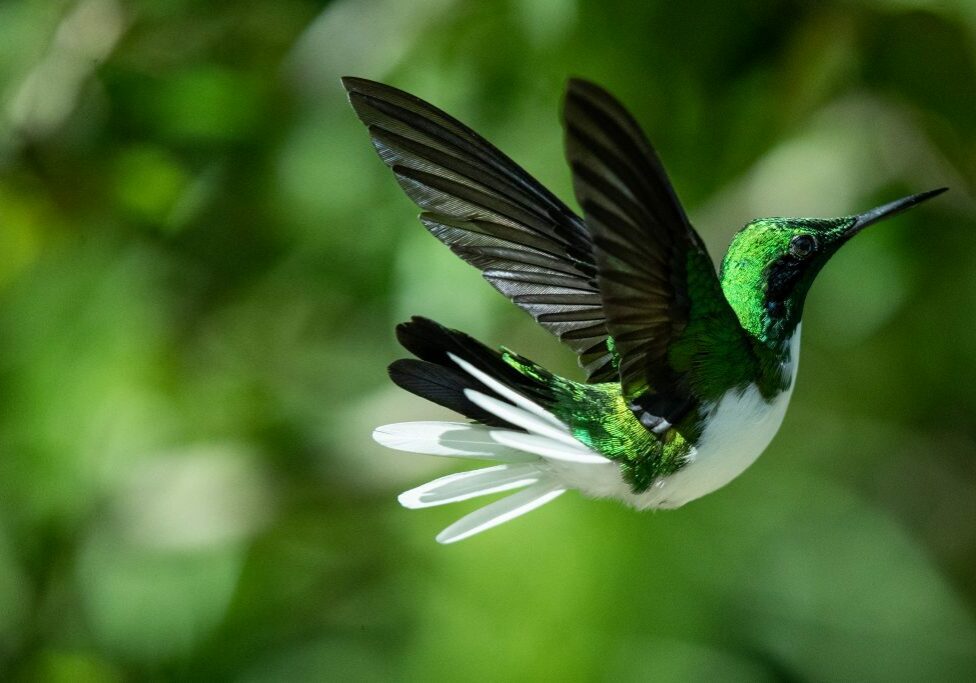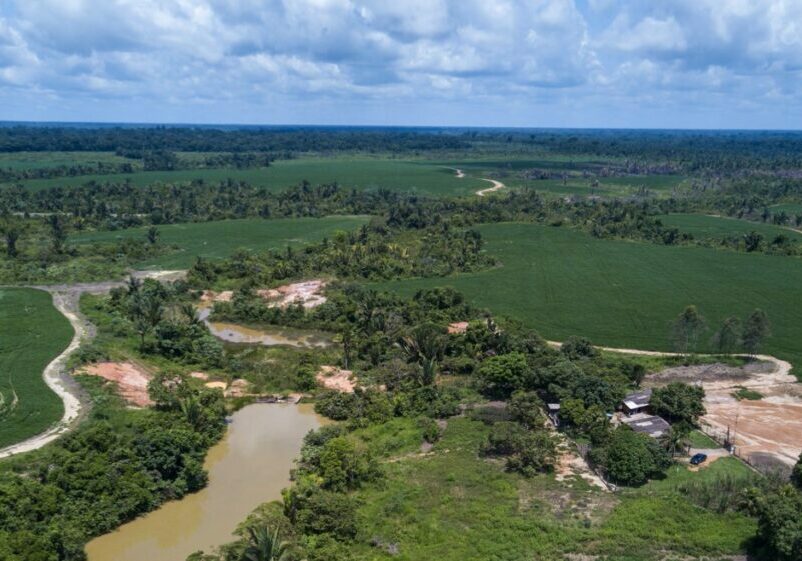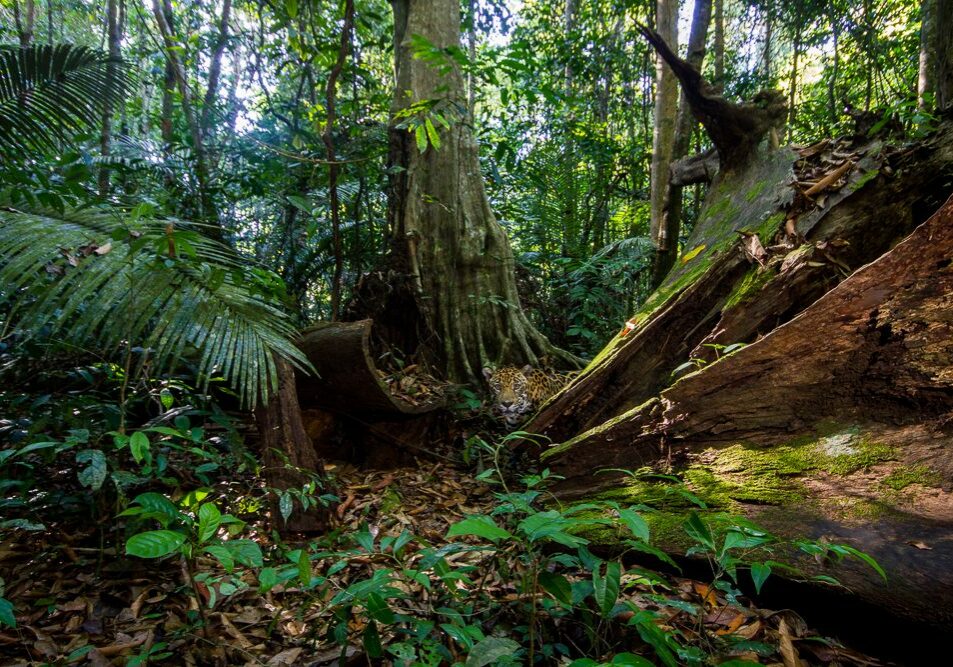Hugging the north-eastern coastline of South America, the Guianas region is home to three territories: French Guiana, Guyana and Suriname.
By enabling us to learn more about jaguar populations and raise awareness of the importance of conservation in this corner of the continent you’re helping us better protect these elusive big cats.
Working with the government and local partners, our team in the Guianas launched Suriname’s first jaguar survey in 2021.
By placing camera traps in four of six planned locations spread out across the country, the project aims to assess the status of jaguar populations at those sites, giving us a baseline that will enable us to monitor threats and gauge the success of conservation efforts.
In neighbouring Guyana, we’re also launching a monitoring survey in the Rupununi region, on the border with Brazil. This remote landscape of savannahs, wetlands and forests forms an important corridor linking the Guianas with the Amazon, but not much is known about its jaguar population.
Jaguars in these countries are among the least studied in the whole of the species’ range. It’s generally assumed that populations are doing well, as both countries still have vast areas of unspoilt forest – forests cover around 95% of Suriname and 85% of Guyana. But under the canopy, there are multiple threats that could be affecting jaguar populations.
One of these is gold mining. Often illegal, gold mining can lead to rivers becoming contaminated with mercury, while over-hunting of prey species by miners also poses a potential threat to these predators.
Suriname has also reported numerous cases of poaching for the illegal trade in jaguar body parts, which could be linked to the increase in mining. And jaguars are sometimes killed by farmers who see them as a threat to livestock.
Local communities have been closely involved in the monitoring efforts. In Suriname, we’ve trained volunteers to place and collect data from camera traps, and with your support we’re now working with them to create their own community-led wildlife monitoring plans.
This is helping people understand more about the status of the wildlife around them, as well as providing them with valuable skills that can boost their employment opportunities.
Learning about the status of jaguar populations in these countries is the first step to understanding the impacts of the threats they face and taking effective action to address them.
We’ll also be using the findings to build awareness among local communities, government and the general public about the threats facing jaguars and to build support for their protection.
Adopt a jaguar
You can help us learn even more about jaguars, so that we can better protect them and their habitat, by adopting a jaguar.
More to explore

Forest regeneration offers hope for the future
An area of forest almost twice the size of the British Isles has grown back this century, showing the huge potential for nature to regenerate if we give it the chance

